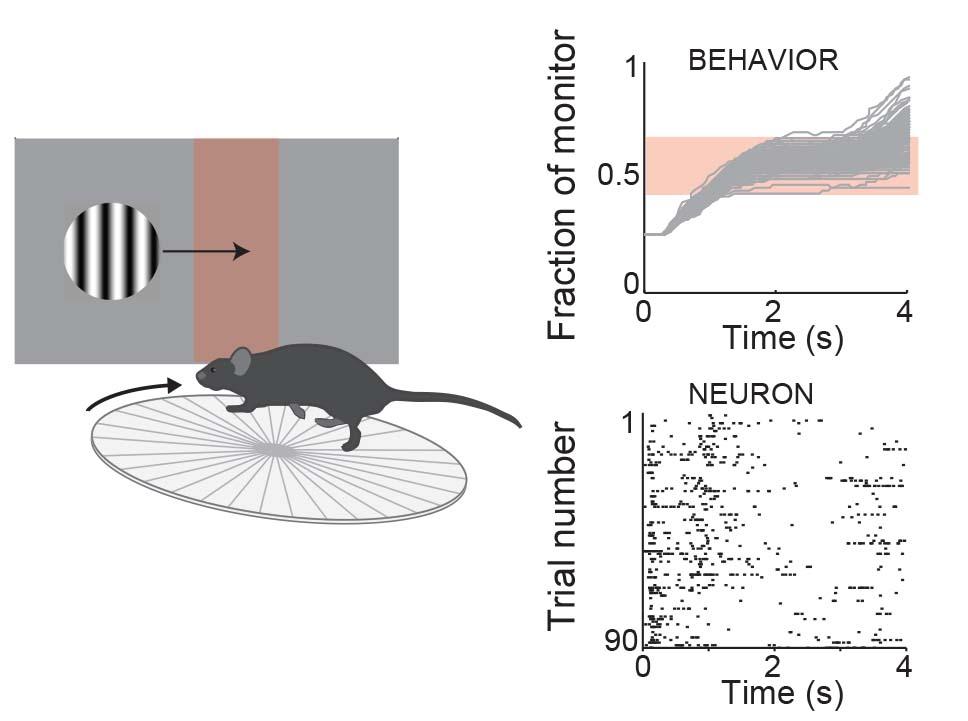Talk Abstract
The visual world changes quickly and continuously. Thus, the rapid detection of relevant features in the visual world is essential for an organism to cope with such ongoing changes. For example, humans are quick at identifying specific features, like an animal or a face, in the visual scene. The extraction of such features, however, is thought to require the sequential activation of many brain areas. This implies that each involved brain area must process information over a brief period of time. In this talk, I will address two fundamental questions. First, how long does it take a visual area in the mammalian cortex to process enough information for the organism to make a decision about the visual scene? Second, how is the visual scene represented in the visual cortex during this time period? I will address these questions in the mouse using optogenetics, electrophysiology, lesions and behavior, and show that the early activity in visual cortex is sufficient to extract key features of the visual scene for the organism to make an appropriate decision.

Biography
Arbora Resulaj received her undergraduate degree in Biomedical Engineering from University of Toronto. She received her PhD from University of Cambridge, where she was a student in the Cambridge-Janelia PhD program. Her graduate work was on human and animal behavior. During her graduate studies, she worked with Daniel Wolpert and Michael Shadlen to combine theoretical and experimental findings to show that decision-making in humans is highly flexible and includes changes of mind. She then worked with Dmitry Rinberg to develop a new behavioral paradigm to study the timing of perceptual decisions in mice. She is currently a postdoctoral fellow in the lab of Massimo Scanziani at University of California San Francisco, studying visual perceptual decisions in mice using behavior, electrophysiology and optogenetics.
